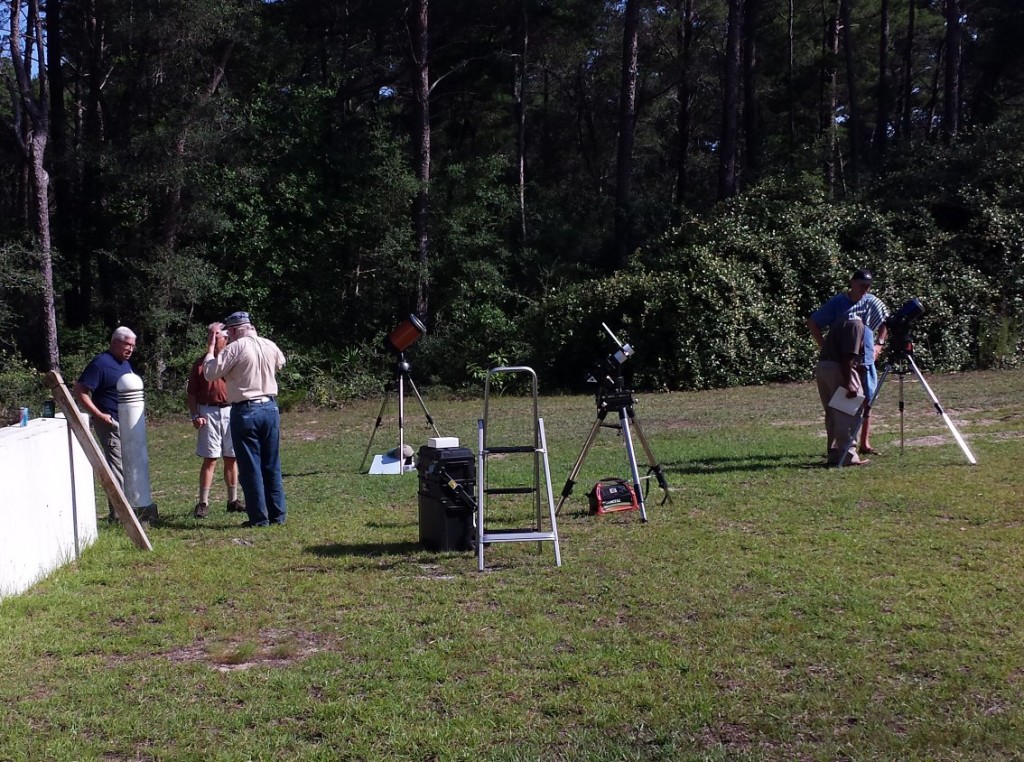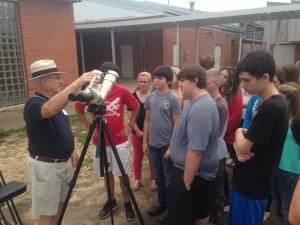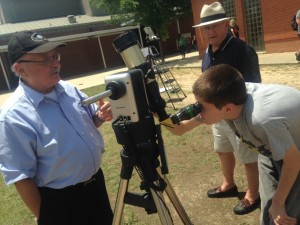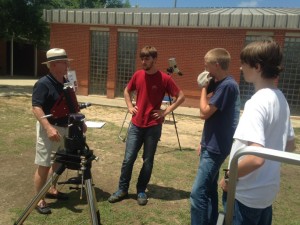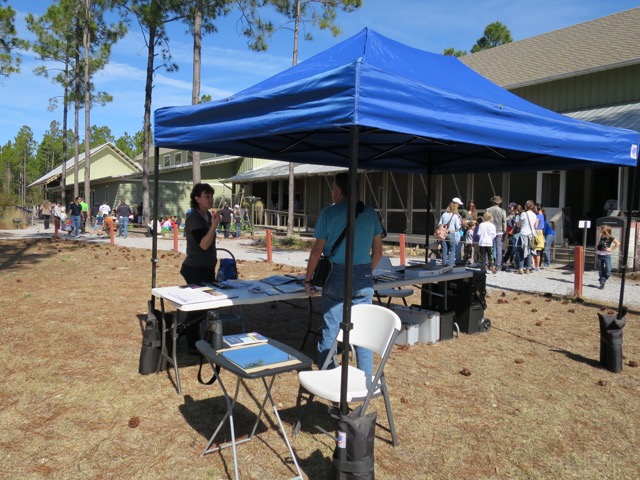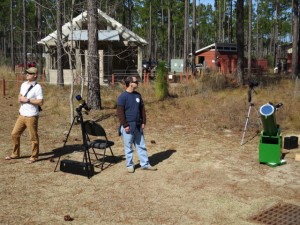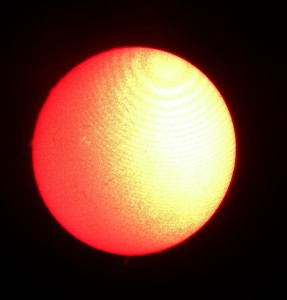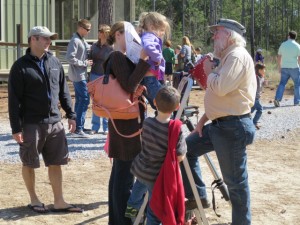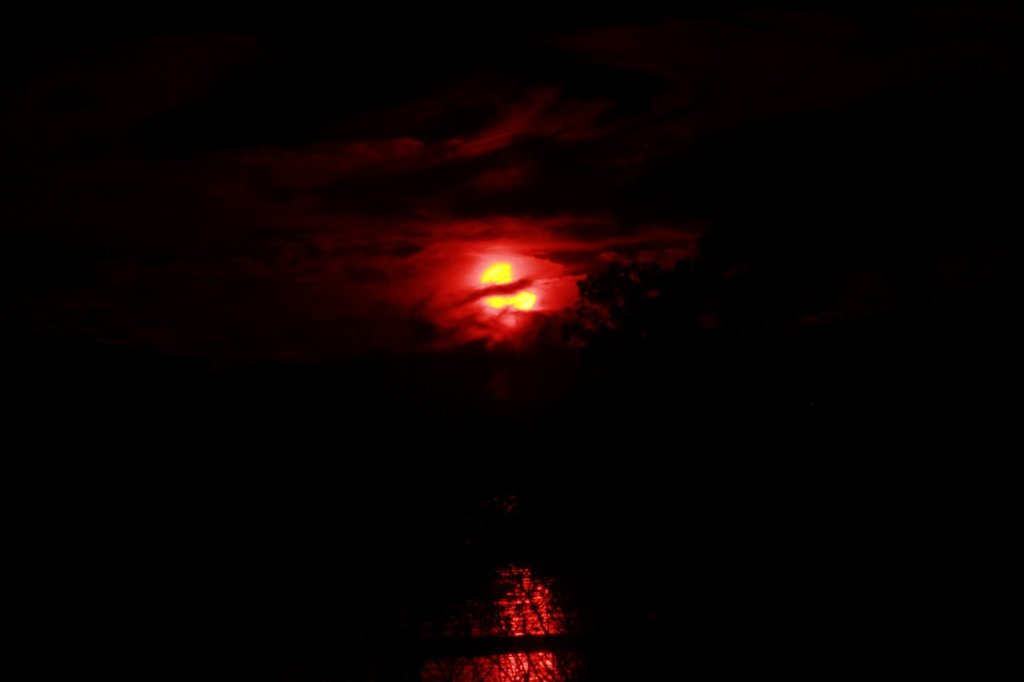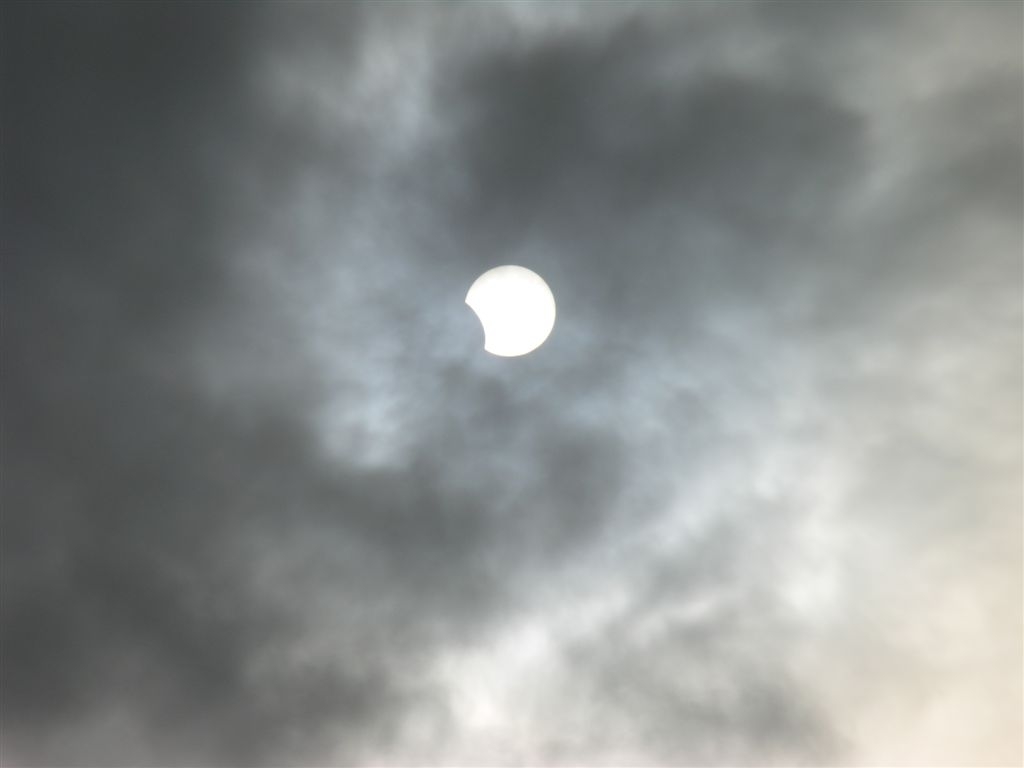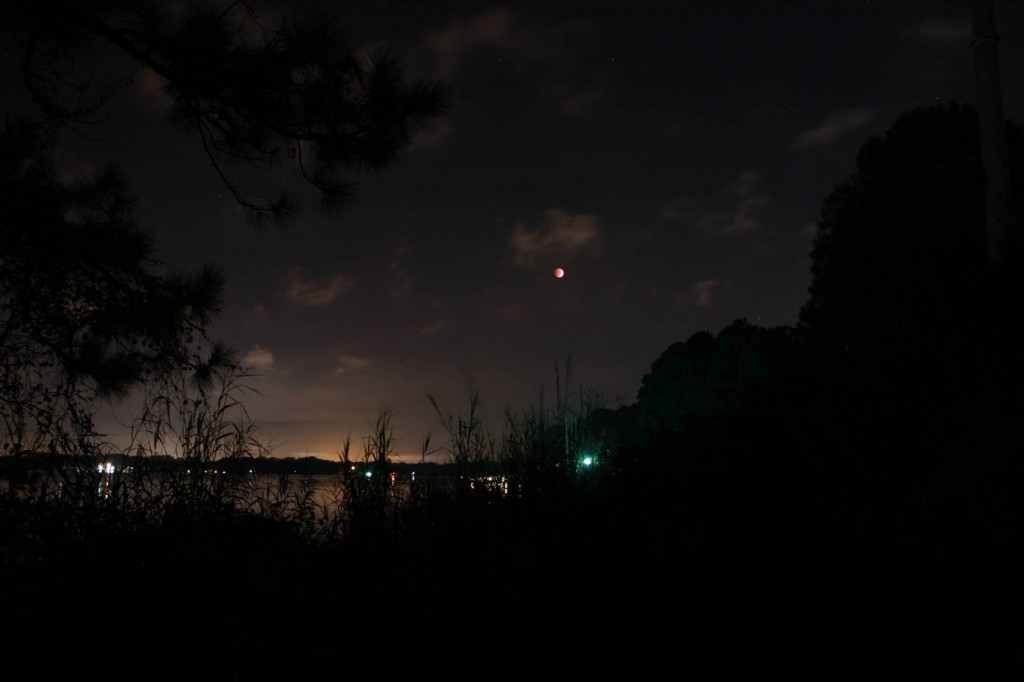Henderson Beach State Park once again welcomed the NWFAA by hosting our June public star gaze. Frank Atchison, Dean Covey and Tom Haugh, all recently recovered from the Wednesday afternoon solar star gaze at Northwest Florida State College, arrived early enough to set up their solar equipment and allow safe viewing of the Sun. While they were aligning their equipment they were joined by club member Chuck Lynch.
Once again, it was a hot afternoon which meant any guest observer who showed up, really wanted to view the Sun. But, as usual, there were a few and they were treated to both white light and H-alpha views. The same sunspot groups were visible that we saw Wednesday. Unfortunately, the H-alpha view showed only very minor prominence activity. As an alternative, Frank’s telescope alignment was good enough to find Venus in the daytime sky as well as the 3 day old Moon.
As the crowd grew, we passed out June sky charts and held several quick group sessions on how to use them. As was expected, Venus and the Moon led off the evening objects with Jupiter quickly following. The three of them formed a very pretty grouping in the Western sky. Some twilight clouds tried to horn in on the action and only led to brief delays at the telescope lines. Showing up fashionably late, Saturn rose out of the eastern haze and was added to the list of objects viewed. Finally, the great cluster in Hercules (M 13) was spotted. The one downside to the evening was a young guest observer left disappointed as the local light pollution prevented viewing ‘a galaxy’. But, he said he would try again at the August event.
The guest observers were gone by about 10:00 PM. As we loaded up the equipment, park rangers stopped by and commented on the crowd’s size and enthusiasm. We would, once again, like to thank the Henderson Beach State Park staff for hosting our event and look forward to the August 14th event. Hopefully, it will be a little cooler and the skies much more galaxy friendly.
